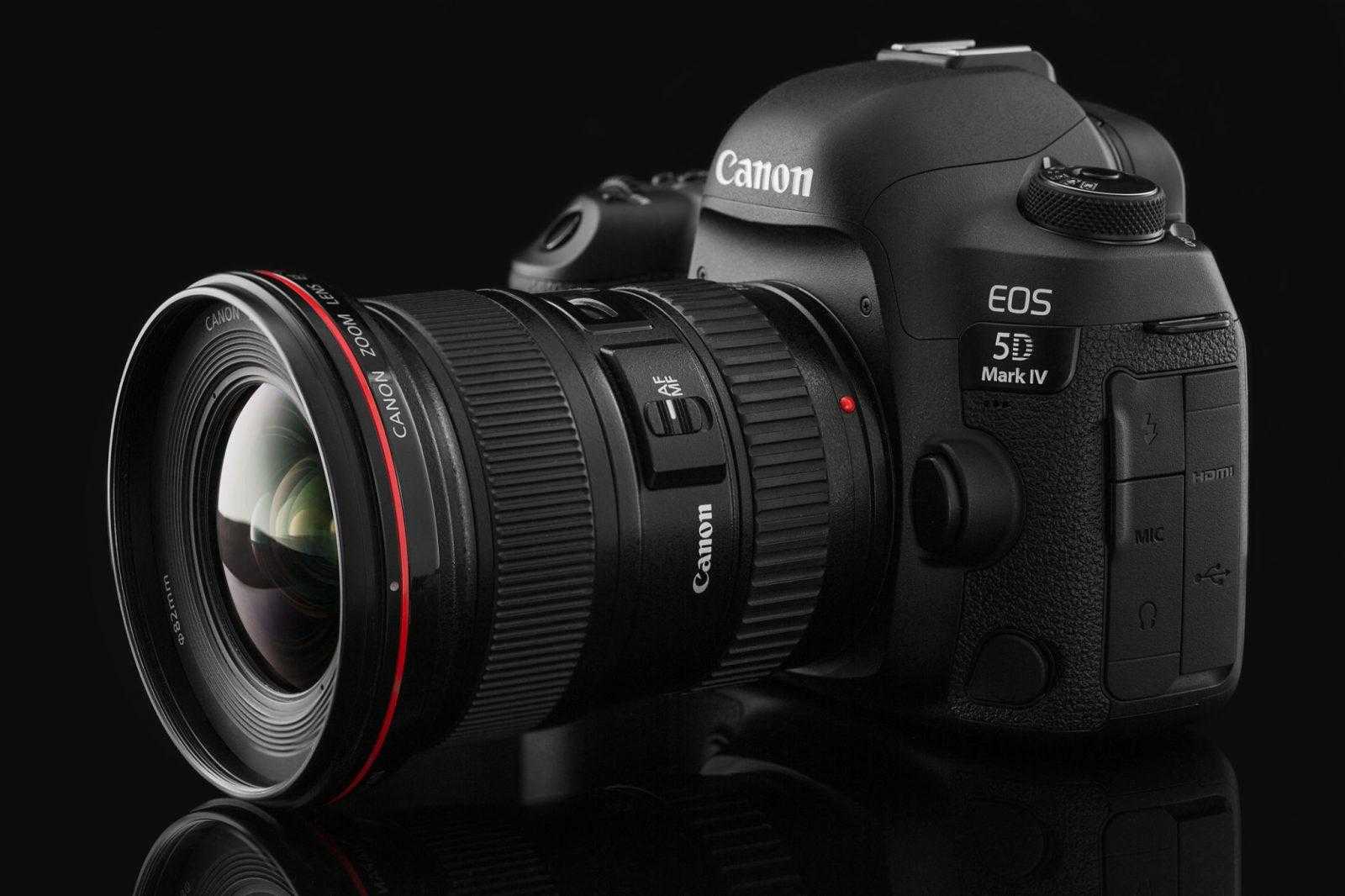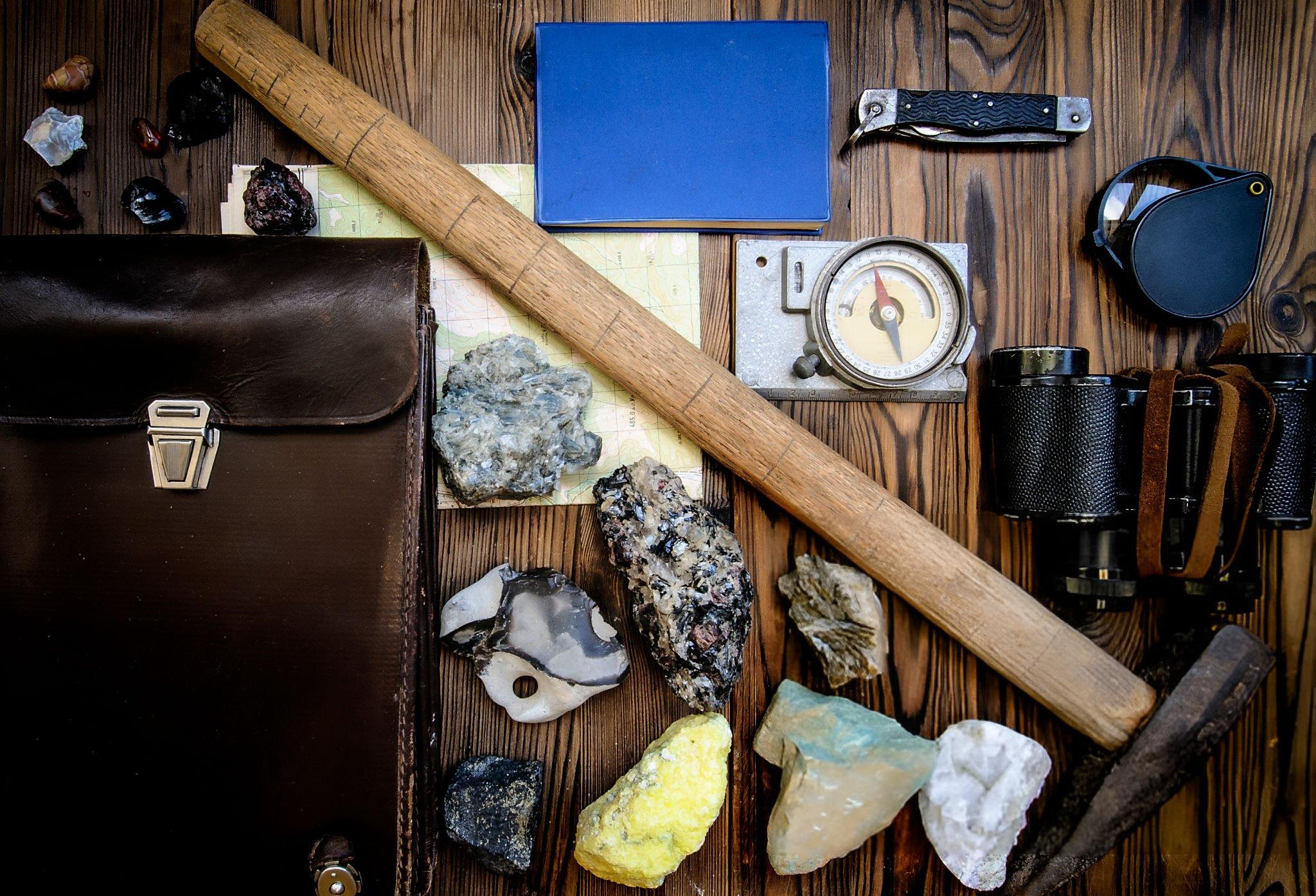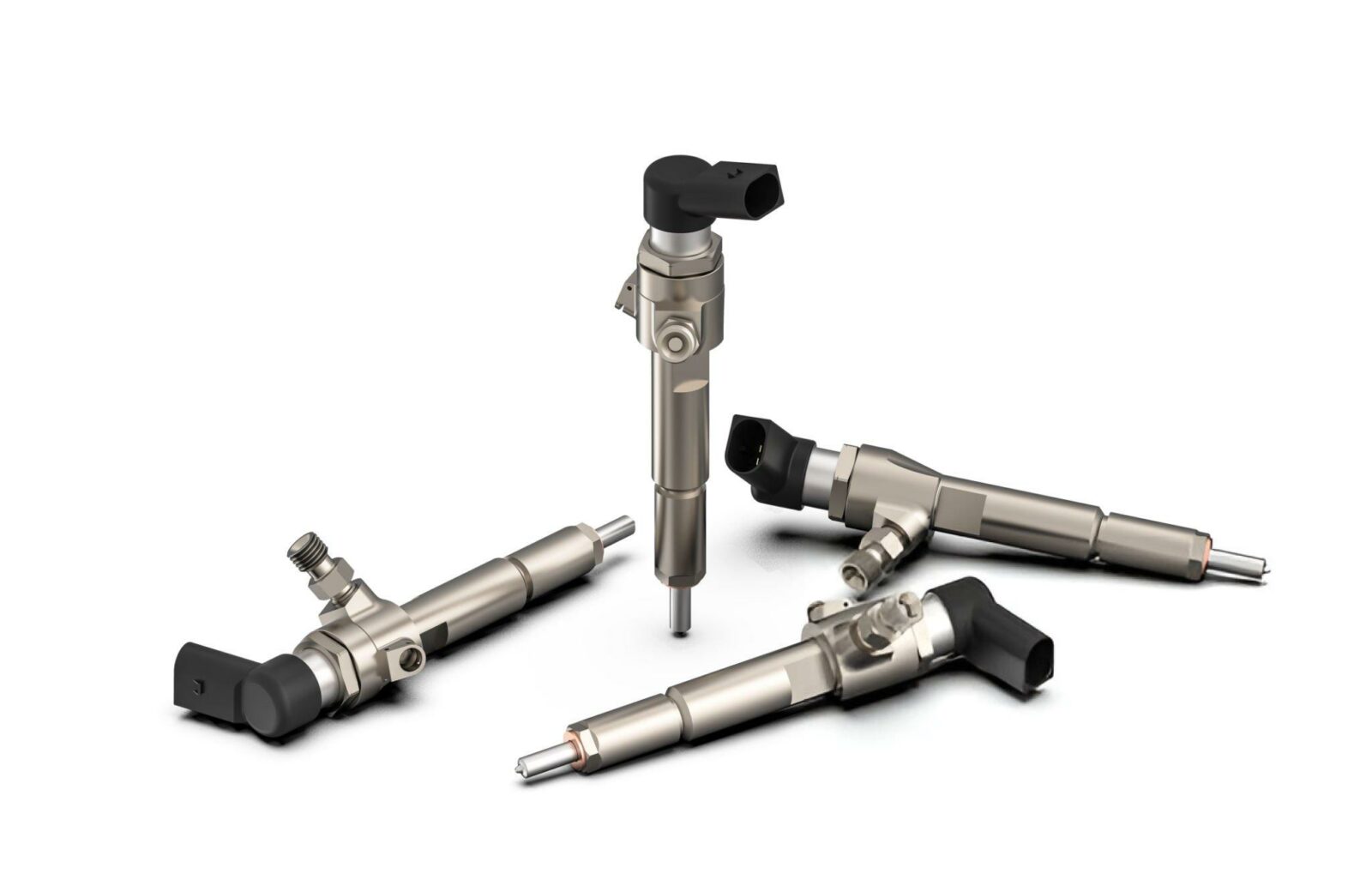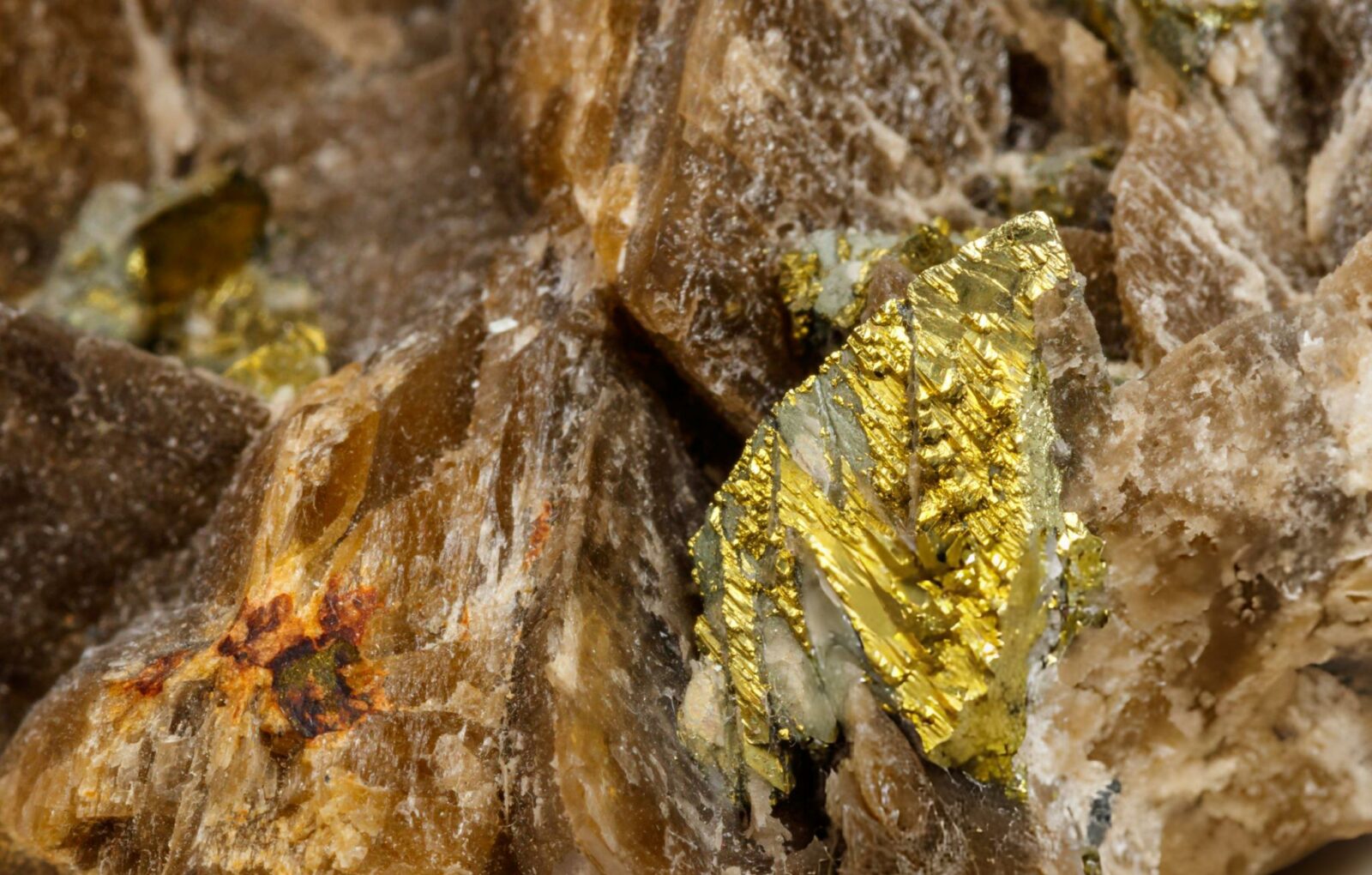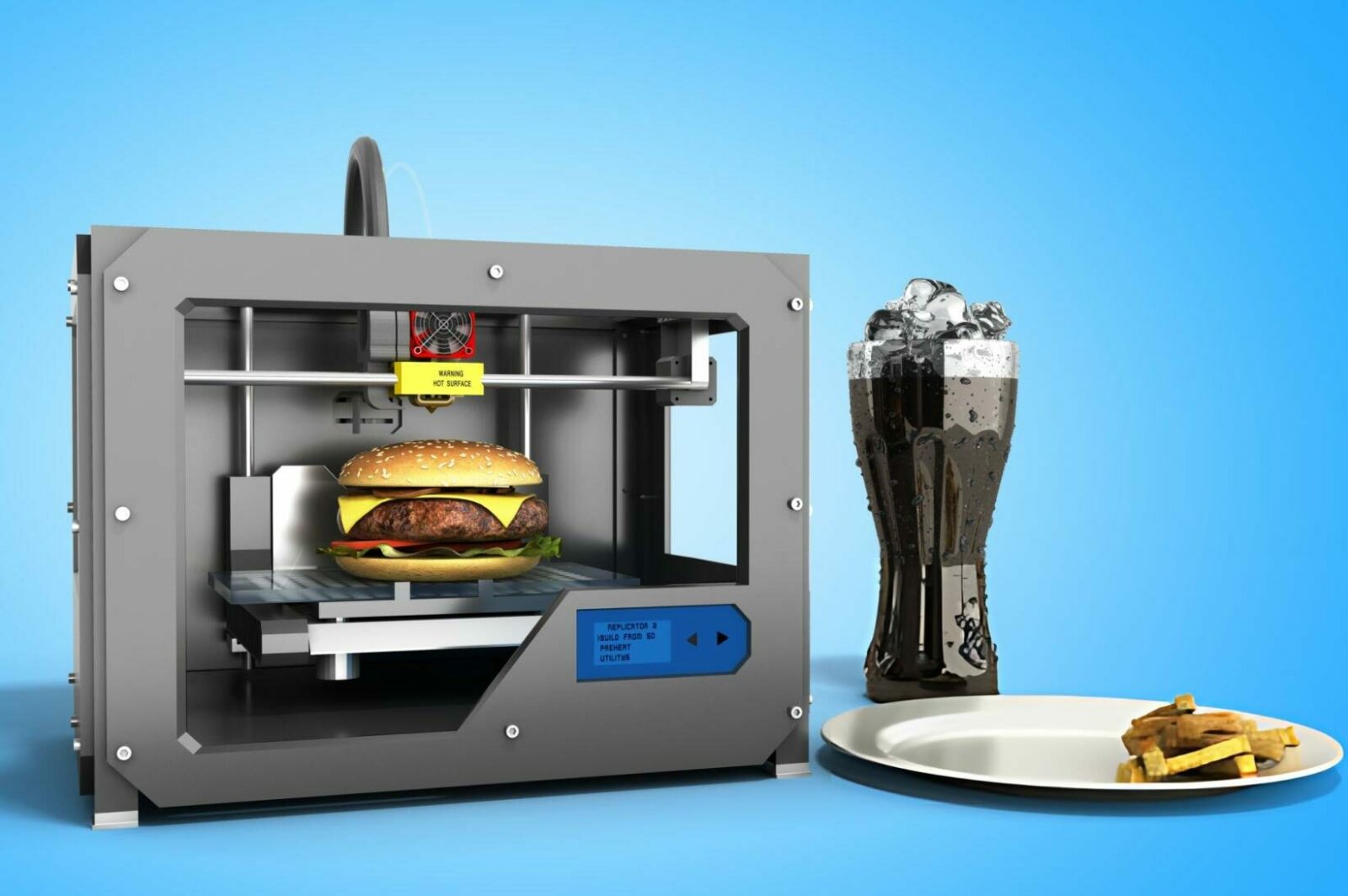Canon 5d can rightly be called a pioneer in the field of full-size digital sensors — today this company is the only one that produces digital cameras based on them. Nikon has announced some very good digital DSLRs, but none of them are equipped with a full-size sensor. So if any company is making its way to full-size sensors in the market below high-end cameras, it’s Canon.
For digital DSLRs, size matters
First, the larger the sensor, the more space there is for pixels. Camera designers can use the available space for more larger, less densely packed pixels. The more pixels, the higher the resolution, and the farther the pixels are from each other, the less «noise» will be. As a result, photos can be printed larger.
Secondly, the lens gives a round picture. Look at the picture below. If a camera uses a full-size (35mm, like a film frame) rectangular sensor, it can capture the full image from lenses designed for 35mm film. A smaller sensor with the same lens would capture only part of the entire image. That is why digital cameras had to release their own lenses, which differ in a certain degree of magnification (it is also called the crop factor). Most truly professional digital DSLRs without full-size sensors use a 1.5x (Nikon) or 1.6x (Canon) lens magnification. Therefore, for example, the focal length of a 50 mm lens for 35 mm film becomes 75 mm (1.5x) or 80 mm (1.6x) after magnification. And if a digital DSLR uses a full-size sensor,
Digital The
full size 35mm sensor captures almost the entire image inside the circle produced by a lens designed for a 35mm film camera. A smaller sensor is able to capture only part of the image inside the circle, resulting in a magnifying effect.
Some photographers like the crop factor of a lens because it allows for a supposedly powerful telephoto lens with a shorter focal length. However, it is still essentially a pseudo-lens, as the focal length of the lens is still 50mm, although due to the increase it turns out to be like an 80mm lens. Lenses with a focal length of 80-100mm are well suited for portrait photography, as they give a good perspective of the human face and have a limited depth of field, resulting in the background very nicely out of focus and somewhat washed out. However, the perspective and depth of field of our crop factor lens is still 50mm, not 80mm. Therefore, a 50mm lens with 1.6x magnification will give a completely different perspective and a sharper background, which is not very good for the quality of portrait photography.
While the crop factor allows a shorter focal length lens to pretend to be a telephoto lens, it also reduces the angle of coverage of a wide-angle lens. A 12mm lens with 1.5x magnification turns into an 18mm lens. While 18mm might sound good enough, you won’t get the same epic quality as you would with a 12mm lens.
But digital DSLRs with a smaller sensor have another advantage. As noted above, to cover the sensor, the round image may not be as large as it would be with a full size sensor. Therefore, manufacturers can create lighter, more compact and less expensive lenses that produce a smaller «circle» than lenses for «DSLRs» with a full-size sensor. Sounds good, but we’ve never come across lenses for smaller sensors that give the same image quality as a lens for a full-sized 35mm sensor or film. This is partly due to having to deal with the lower resolution of a smaller sensor. While professional photographers can squeeze what they need out of smaller sensors, still the best quality is obtained from cameras with a full-size sensor.
What happens if I use a lens designed for a small sensor on a camera with a full sensor?
See for yourself.
Digital
Image taken with a Canon 5D and a Sigma 12-24mm 4.5-5.6 EX DG HSM lens on a small 12mm sensor.
Pretty funny, isn’t it? And this is how all crop factor digital camera lenses behave when connected to a camera with a full-size sensor. If you plan to buy a digital camera with a full-size sensor in the future, then stay away from lenses with a digital crop factor. How to recognize them? By the designations «Digital», «DI» or something similar in the name. Canon refers to crop factor lenses as «EF-S».
Canon 5D feature set
As you can see from the following table, Canon currently manufactures six EOS digital SLRs. But only two of them feature a full-size sensor, the 12.8-megapixel 5D and the 16.7-megapixel 1Ds Mark II.
Camera Effective megapixels Size H x W x D (body only, excluding lens) Weight
Why is there such a big price difference between the 5D and 1Ds Mark II? Look at the difference in sensor resolution at 4 megapixels. The extra megapixels with the right «noise reduction» technology allows for higher resolution photography than 35mm film grain allows. Of course, the 5D’s fewer pixels per sensor area makes it easier to suppress «noise». As a result, Canon was able to save a little.
To understand Canon’s pricing policy, you need to understand why there is such a price difference between Mark II cameras. They are very similar. But the main difference is that the 1D Mark II N has half as many pixels as the 1Ds Mark II. While the 1Ds Mark II uses a full size sensor with a crop factor of 1.0x, the 1D Mark II N features a relatively small 1.3x magnification. If you «grow» the sensor of this camera to full size, then it could accommodate 12.8 megapixels. In general, the 5D does not have all the advantages of the 1D Mark II N, but has the same pixel density. But the 5D can only shoot 3 frames per second compared to 8.5 for the 1D Mark II and 4 for the 1Ds Mark II.
How else is the 5D different from the 1D and 1Ds Mark II? Mention should be made of the differences in case design and insulation. The 5D is based on the body of Canon’s very popular 8.2 megapixel 20D camera rather than the body of the Mark II line. The body is lighter and more compact than the Mark IIs, while being made from magnesium alloy. If the Mark II cameras also use magnesium alloy, they are designed for extreme conditions and are reliably protected from dust, dirt and water, which meets the requirements of professional photographers.
Some reviews have already raised concerns about the fragility of 5D in an unfriendly environment and in a photo studio . During our tests, we did not find any serious problems, but the camera should not be handled roughly.
Feature set not like Leica m9
Three Canon digital DSLRs (front to back) 350D, 5D and 1D Mark II.
See also freeze drying food
Canon EOS 5D in action
Personally, I use a Canon 1D Mark II for work. I’m happy with this camera, but every time I find myself confused by the sheer number of keys to press to access submenus, view and enlarge photos, and change various camera settings. My second 350D is Canon’s easiest digital SLR to use. To change the ISO, autofocus, white balance or exposure metering options, just press the appropriate key and set the parameter. I’m used to the 350D’s set of keys for displaying photos. Actually, this ends the range of functions that I use regularly. The setting of other parameters is also carried out with a single key.
The ease of use of the 5D falls somewhere between the 350D and 1D Mark II. Camera control is closer to 20D than any other Canon DSLR. With one corresponding key, you can call up the menu, view the shutter speed and other information about the photo, as well as the picture itself. Deleting photos is also very easy. Just press the trash can button while browsing, and then use the wheel to choose whether to delete one photo or all.
Many 5D options like ISO, exposure metering, and white balance are handled via an LCD screen on the top of the camera. It is required to press the key, release it, and then turn one of the two wheels of the camera (one is located at the back, and the other at the front from above). Once the correct option has been selected using the wheel, the key must be pressed and released again for the LCD to return to its normal state. I found this approach very convenient. The combination is easier to remember than my 1D Mark II.
Canon EOS 5D stays in use for a very long time thanks to a capacious lithium battery
Please note that the 5D is equipped with a very large 2.5″ LCD display. Not bad, but the display is almost impossible to use in bright or moderate sunlight. In general, a visor above the display would not hurt here. In addition, the large LCD takes up so much space that there is no room for a rear information screen.
Read also Preparation of sand for concrete — a reserve for cost reduction
Many reviewers who got their hands on pre-production 5D cameras complained about the mode dial on the top left of the camera. The disk allows you to set the automatic shooting mode 5D, fix the shutter speed or aperture. On the preliminary sample, the modes switched too easily. Therefore, Canon made the wheel tighter. When carrying the camera, putting it in a case or taking it out, the wheel did not turn.
On the top right side of the camera are some of the keys we mentioned earlier. They must be pressed before adjusting a parameter using one of the two 5D wheels. Each key has two functions, separated by a dash. One function is controlled by the first wheel, the other by the second.
On the left, the 5D has two rubber doors covering the external flash and remote shutter ports, as well as a USB 2.0 port and video output. Therefore, the connectors in the illustration below are not visible.
On the right side of the 5D is a Compact Flash slot. It is also closed with a door. Unlike the Mark II cameras, which are equipped with Compact Flash and SD slots, the 5D only has Compact Flash. In raw mode, the photo takes up 12.9 MB. Actually, this is my first digital camera, for which a 1 GB card may not be enough. As soon as you start shooting, you will immediately want to buy a card for 2 or even 4 GB.
Read also what is Geoisolation and Basalt crushed stone
Canon 5D photo quality
The Canon 5D digital camera delivers one of the highest levels of quality I have ever seen. Exposure and color rendition are flawless. I’ve had to process less raw footage in Photoshop than with any other digital camera I’ve used for work.
By the way, about Photoshop: at the time of the publication of the article, Adobe has not yet offered a raw filter for 5D. This filter is required to open a raw photo directly in Photoshop. So I had to use Canon’s Digital Photo Professional (DPP) software, open the raw image and convert it to TIFF format, which I then opened in Photoshop. Adobe is always late with new camera support, so early adopters have no choice but to use the Canon app. I never liked this process, especially since now the «Transfer to Photoshop» option in the «Tools» menu did not want to work with Photoshop CS2. Of course, after some delay, Photoshop opens, but before the image is transferred to Photoshop, the program closes with an error. Also, sometimes when I exited Digital Photo Professional,
On the Internet, it is very problematic to show the quality of the captured photos. Especially in the case of a high resolution camera, which is the Canon 5D. You probably don’t want to download 12.9 MB raw files that (by the way) you can’t open. Of course, you can convert raw files to TIFF format, but this increases the volume to 75 MB.
Therefore, we decided to show two small jpeg images obtained from raw files. By clicking on the picture, you can download a 7-MB photo in full resolution. Then you can launch Photoshop or any other editor, adjust the colors or any other settings, adjust the sharpness, reduce the size and print the photo. Then you will get an idea of the possible quality of the Canon 5D. Only it is better to print at a resolution of 350 dpi, with a size of approximately 20 × 30 cm.
Photo Quality
Plain text gives a good idea of camera and lens resolution. Click on the picture to download the 5MB version.
Photo Quality
Paul Hendel speaking at the Encino Folk Music Festival (CA, October 9, 2005). Click here to download the 7MB version.
Conclusion
The Canon EOS 5D is a revolutionary digital camera. It brought a full-size 35mm sensor to the semi-professional realm for the first time. Or professional entry level. It all depends on the point of view. 5D allows you to take photos of excellent quality that will satisfy both experienced amateurs and professionals. Of course, the relatively low price of the 5D comes with its downsides. But if you don’t need the Canon 1Ds Mark II features that the 5D lacks, then the camera is a worthy purchase.
See also Riding arena size
